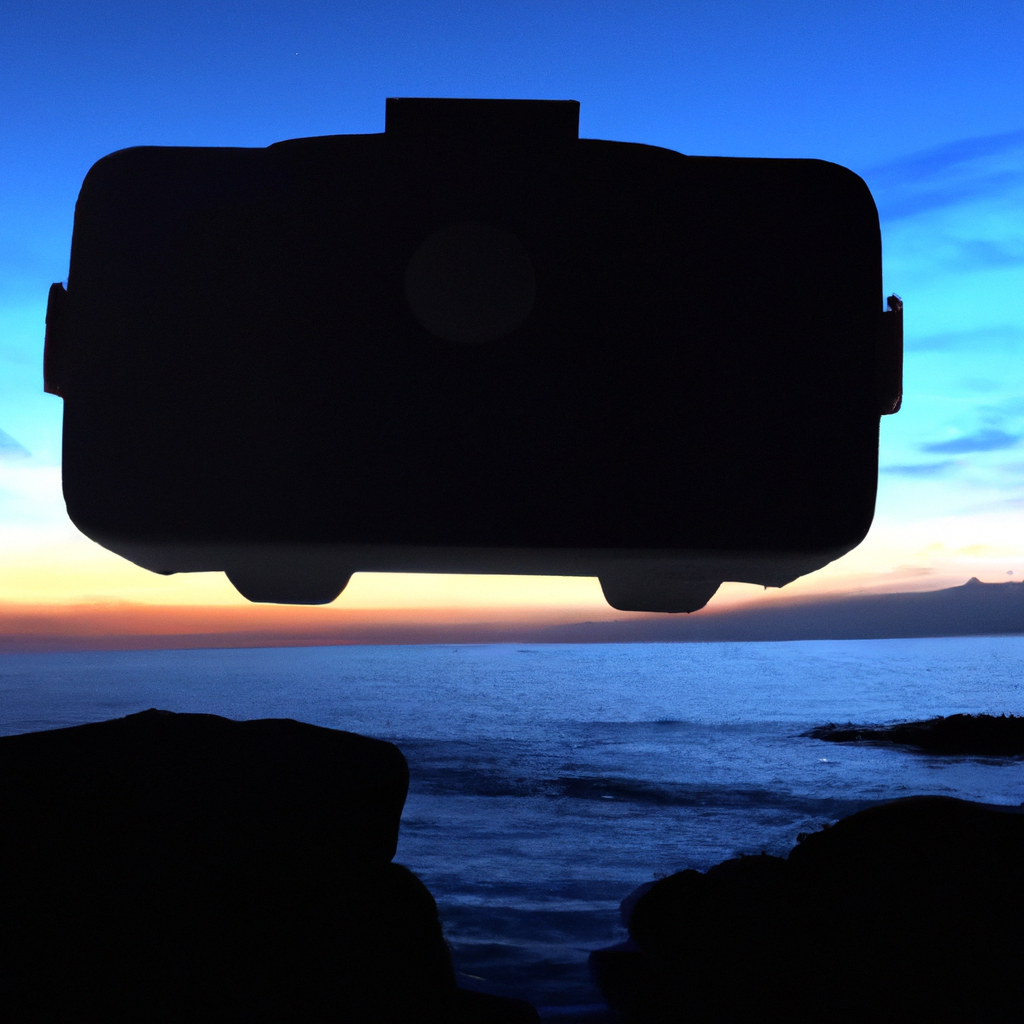Virtual reality (VR) is a digital reality that simulates a 3D environment, providing an immersive experience to users. The technology has come a long way since its inception, and today, it is one of the most sought-after technologies in the gaming and entertainment industry. The virtual reality headset is an essential component of VR technology. It creates a VR environment by enabling users to interact with 3D simulations and experience a digital reality that feels real. In this article, we will explore how a virtual reality headset creates a VR environment and the technology behind it.
What is a virtual reality headset?
A virtual reality headset is a device that allows users to experience a virtual reality environment. It consists of a head-mounted display (HMD), which is worn on the head like a helmet, and two screens that display images in front of the user’s eyes. The headset also has sensors that track the user’s head movements, enabling them to look around the virtual environment and interact with it.
How does a virtual reality headset create a VR environment?
The process of creating a VR environment begins with virtual reality software. This software creates a 3D simulation of a virtual environment, which can be anything from a game to a training simulation. The virtual reality headset then displays the 3D simulation, creating an immersive experience for the user.
The virtual reality headset uses a combination of technologies to create a VR environment, including:
Headset technology
The headset technology is the most crucial component of a VR headset. It consists of two screens that display the virtual environment in front of the user’s eyes. The screens are positioned in a way that creates a stereoscopic image, which gives the impression of depth. This makes the virtual environment feel more real and immersive.
Sensors
The sensors in the virtual reality headset track the user’s head movements, enabling them to look around the virtual environment. These sensors are essential for creating a sense of presence in the VR environment. They ensure that the user’s movements are reflected in the virtual environment, making it feel like they are actually there.
Audio
Audio is an essential component of the virtual reality experience. It provides a sense of spatial awareness and helps to create a more immersive environment. The virtual reality headset includes speakers or headphones that provide 3D positional audio, which creates the impression that sounds are coming from different directions.
Controllers
Controllers are used to interact with the virtual environment. They allow the user to move around, pick up objects, and perform other actions. The controllers are tracked by the virtual reality headset, enabling them to interact with the virtual environment in real-time.
Conclusion
In conclusion, a virtual reality headset creates a VR environment by displaying a 3D simulation of a virtual environment and using a combination of technologies, including headset technology, sensors, audio, and controllers. The virtual reality headset provides an immersive experience that allows users to interact with digital reality in a way that feels real. VR technology is rapidly advancing, and we can expect to see more innovative virtual reality devices and software in the future.







